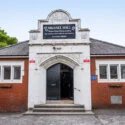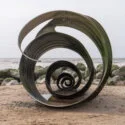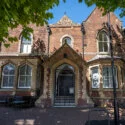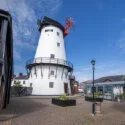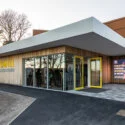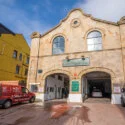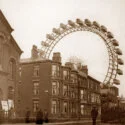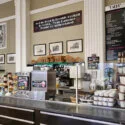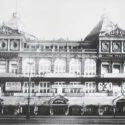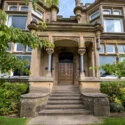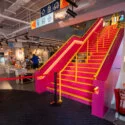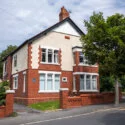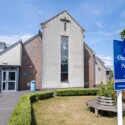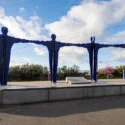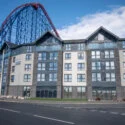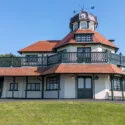Raikes Hall, a grand mansion built by William Boucher in 1760, originally featured an elegant ground floor with three parlours, a servant’s hall, a butcher’s pantry, and a kitchen. The upper two floors included four guest rooms and additional quarters for servants. The estate also boasted gardens, orchards, stables, and various outbuildings. Legend has it that the name Raikes Hall came from the fact that Boucher was in fact involved in wrecking ships and plundering their cargo for profit; a play on ‘wrecker’ became ‘raikes’ – a raike was also a man of low morals and criminality so I will leave you to decide! It all adds to the intrigue of the story.
Between 1860 and 1870, Raikes Hall was repurposed as a convent under the Sisters of Holy Child. Over time, stories emerged of a nun who allegedly drowned in the garden lake, with some claiming her ghost still haunts the nearby pub late at night. For those who enjoy a scare, ghost hunting at Raikes Hall is an option, though it’s said to be quite eerie! The sisters eventually purchased land at Layton on the outskirts of Blackpool, far from the temptations of the ever increasing and expanding holiday resort. It became Layton Hill Convent and is now St Mary’s School.
In 1871, the property was acquired by the Raikes Hall, Park, Gardens, and Aquarium Company. They extensively renovated the house and added a theatre, which quickly became a popular attraction for both locals and visitors. The grounds featured pleasure gardens, a lake, a skating rink, and an aviary. There was also a very popular, and Blackpool’s first, open-air dancing platform that established the tradition in the resort – due to its popularity it was taken up by the North Pier and other promenade based attractions in the following years. It was also the first tourist site that had its own generators for electric power that was used to illuminate the gardens at night; thereby establishing a claim that would lead to Blackpool’s famous promenade illuminations some years hence. However, vested interests saw the site as competition and the Tower Company headed by John Bickerstaffe wanted all Blackpool’s attractions to be centralised within walking distance of the promenade, as a result and after a hostile share takeover of the Raikes company, the site was eventually converted into a residential area.
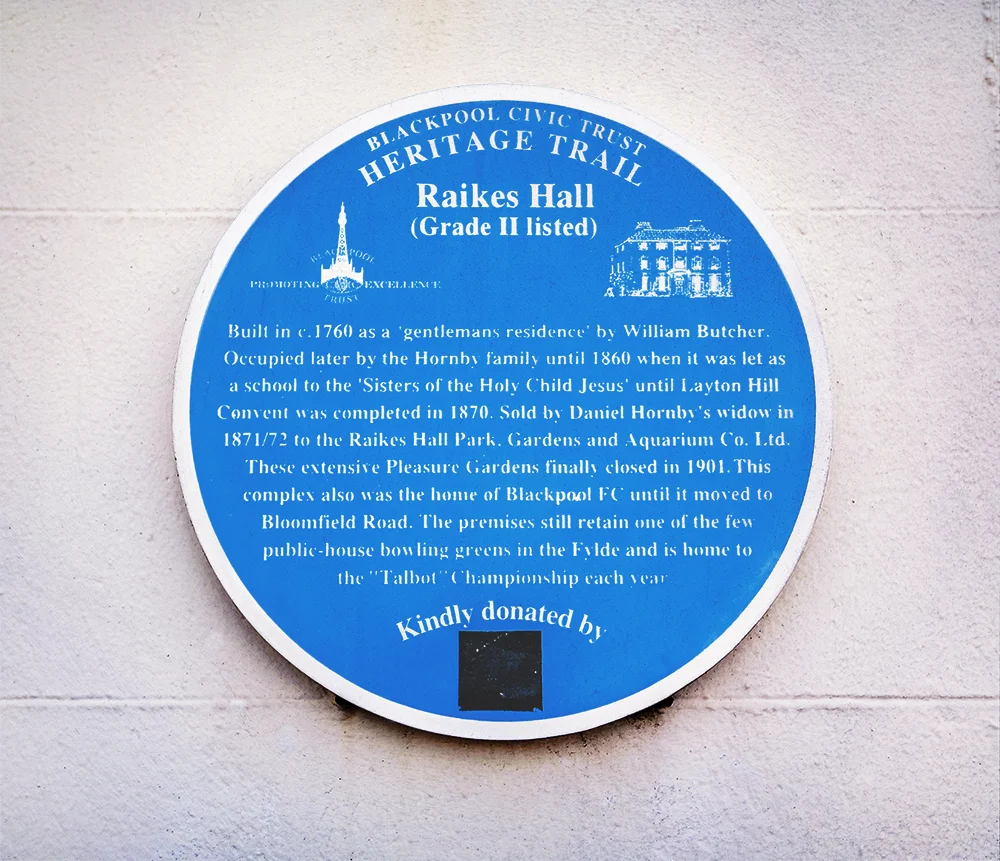
Throughout its history, Raikes Hall hosted numerous sporting events, including horse races, cricket matches, and football games. From 1888 to 1899, it served as the home of Blackpool FC and was notable for being the thirteenth ground used in the football league. Although Blackpool FC played only one season there, the ground’s appeal led the team to return mid-season due to its popularity with fans.
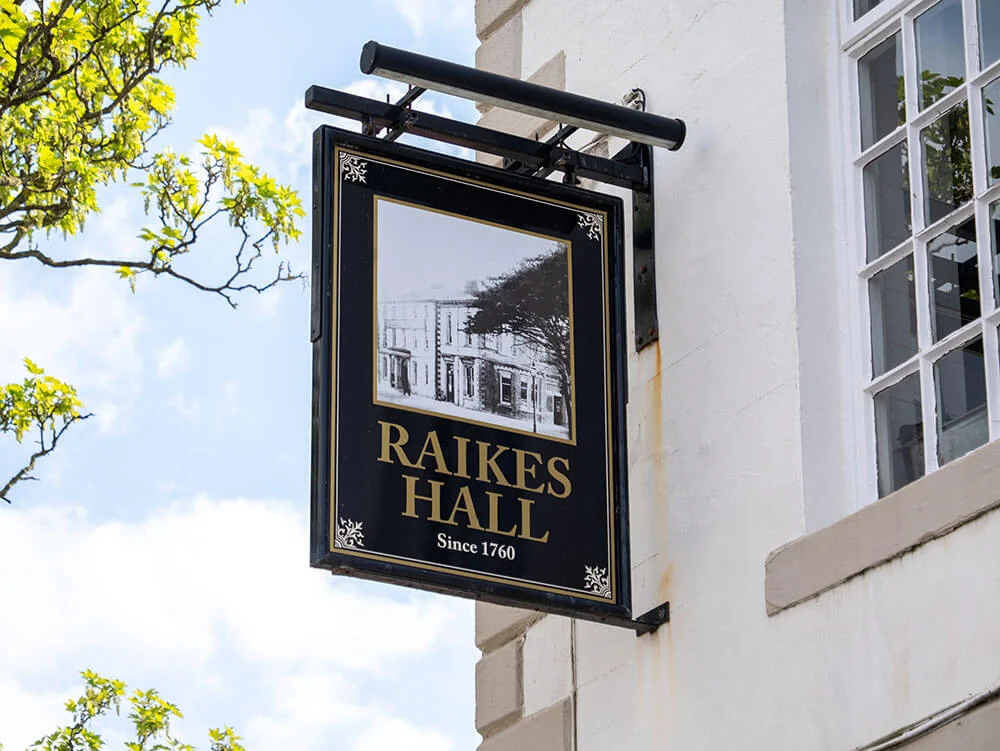
Current Exterior Sign
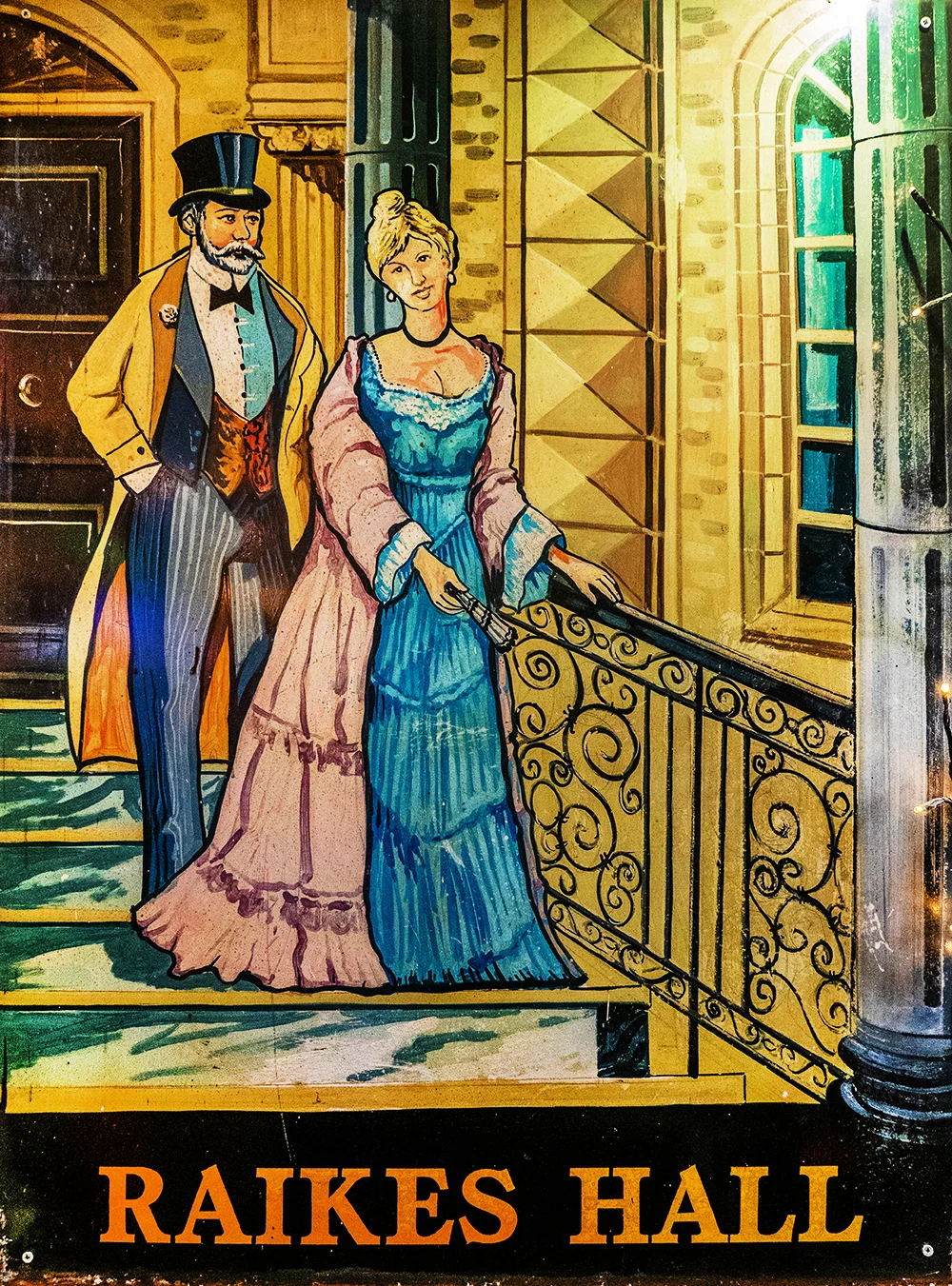
Old exterior sign

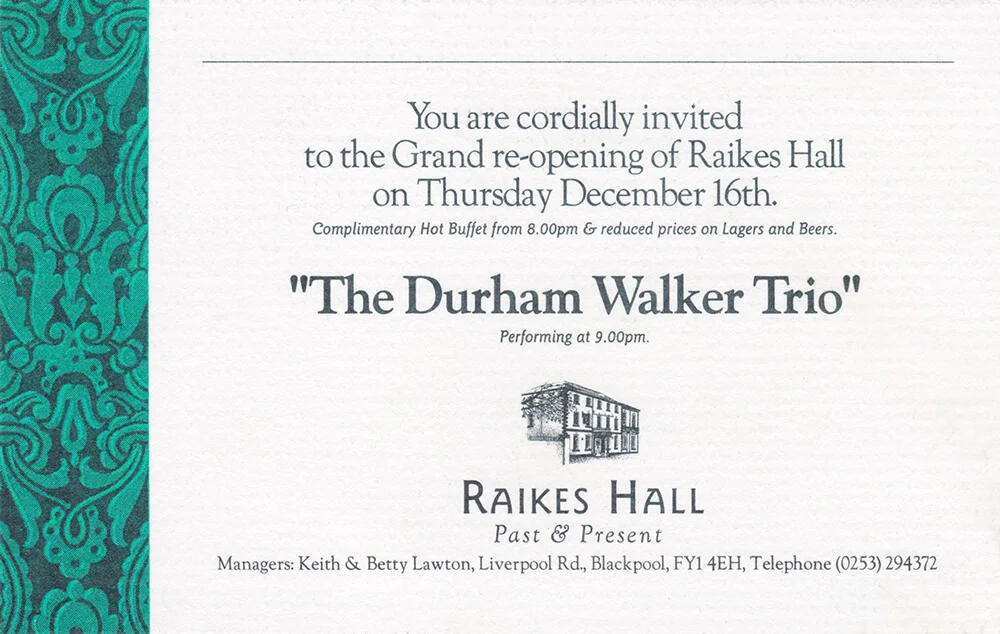
Invitation to Grand Re-opening Event circa 1995. The phone number is the giveaway for that time period.
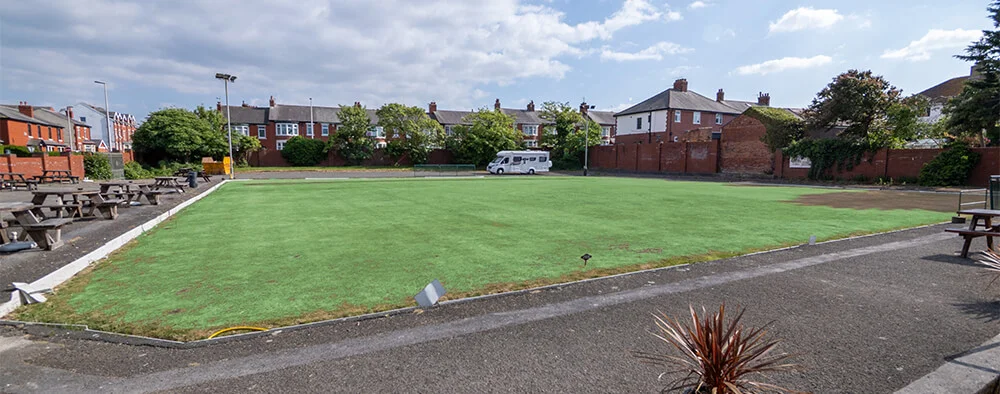
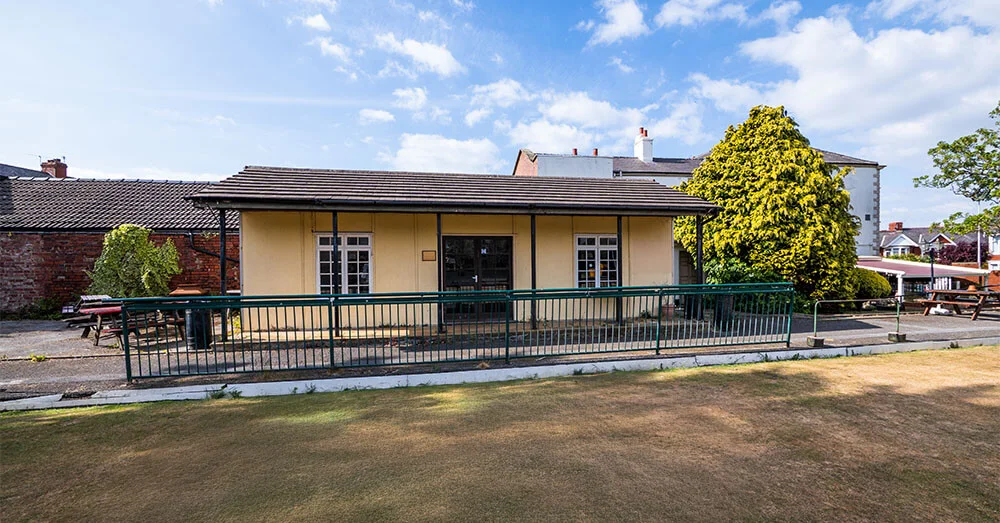
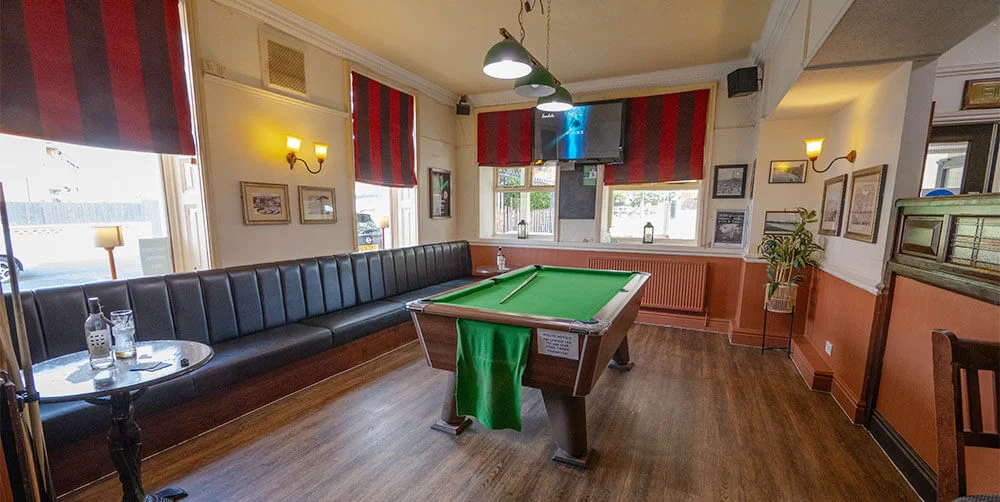
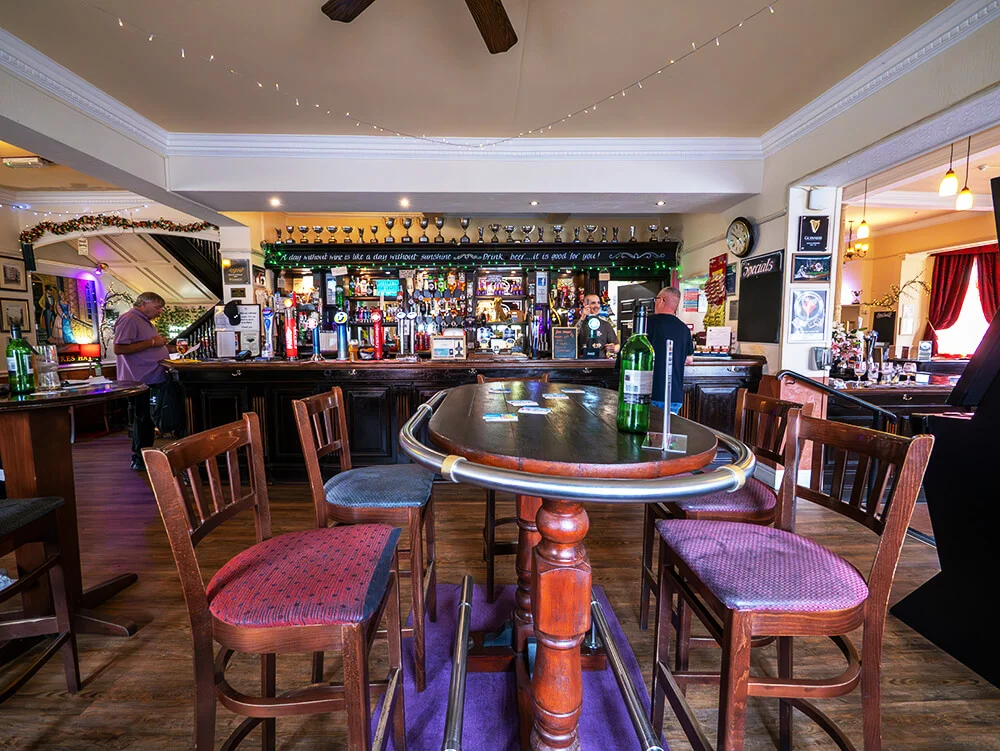
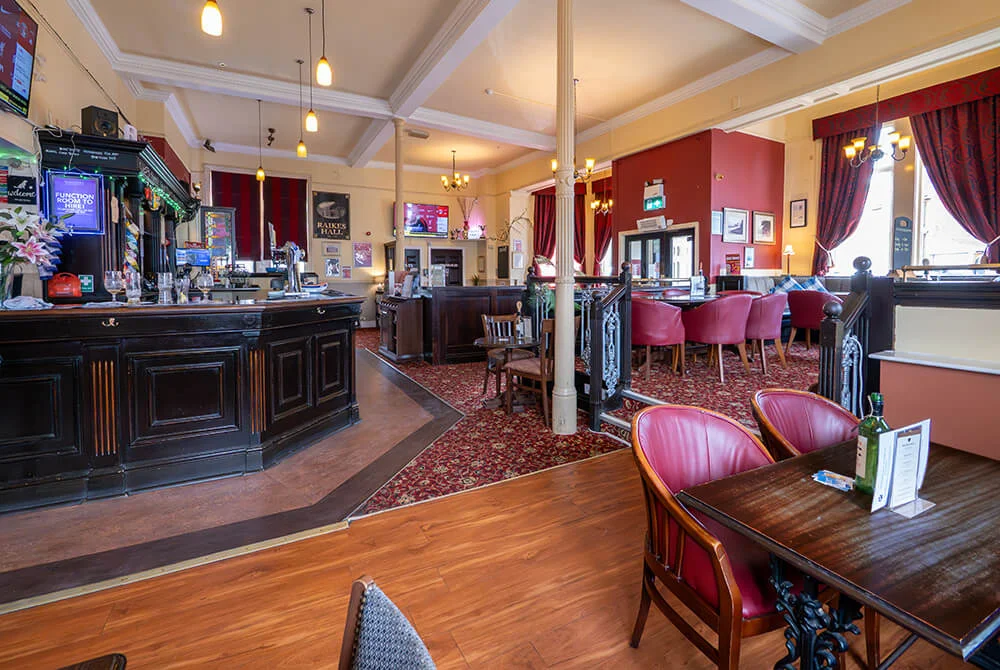
If you would like to learn more about the history of Raikes Hall and the pleasure gardens, eventually named to the Royal Palace Gardens, renamed in honour of Queen Victoria’s jubilee, then a popular book by Blackpool author David Slattery-Christy is available from Amazon. It’s a story that will captivate and amaze you. Sadly it is still a large part of Blackpool’s development as a tourist resort that is woefully neglected and largely ignored by the town’s official historians and heritage bodies. In 2018 an exhibition was organised at the Raikes Hall that charted this history organised by David Slattery-Christy as part of Heritage Open Days and the three day event and exhibition, with talks by guest speakers, attracted hundreds of people keen to understand the history. David was delighted to get a letter from Sir Ken Dodd about the project: “Thank you so much for your wonderful book on the Royal Palace Gardens. Thank goodness there are people like yourself who will ensure that generations to come will be able to read of this history.”
For more on David Slattery-Christy, please see our other post here.
Buy David Slattery Christy’s Book on Amazon
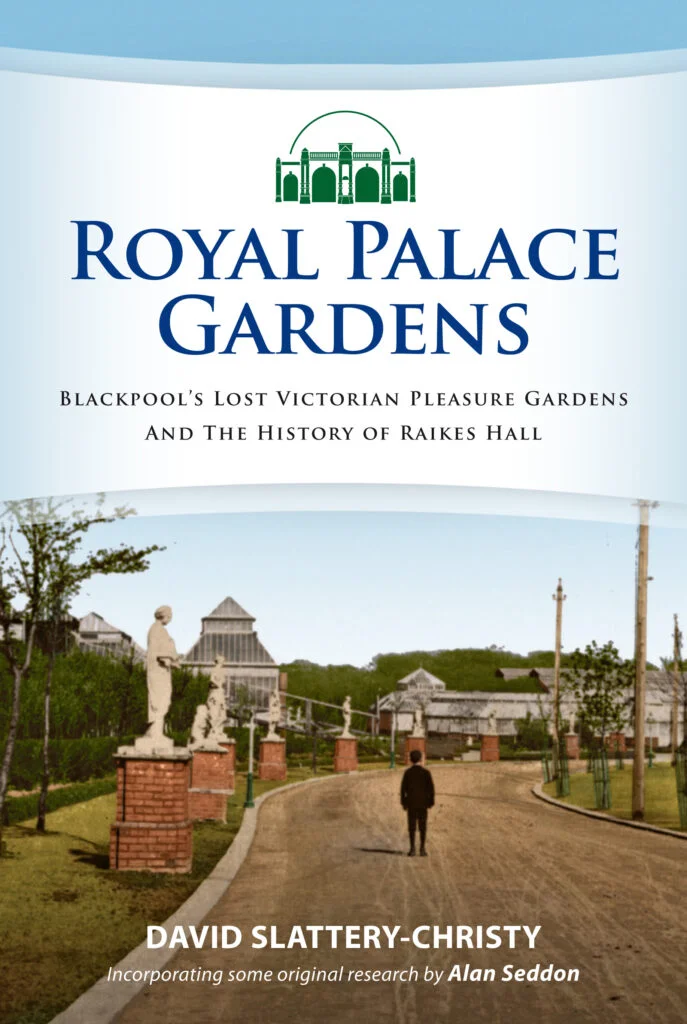

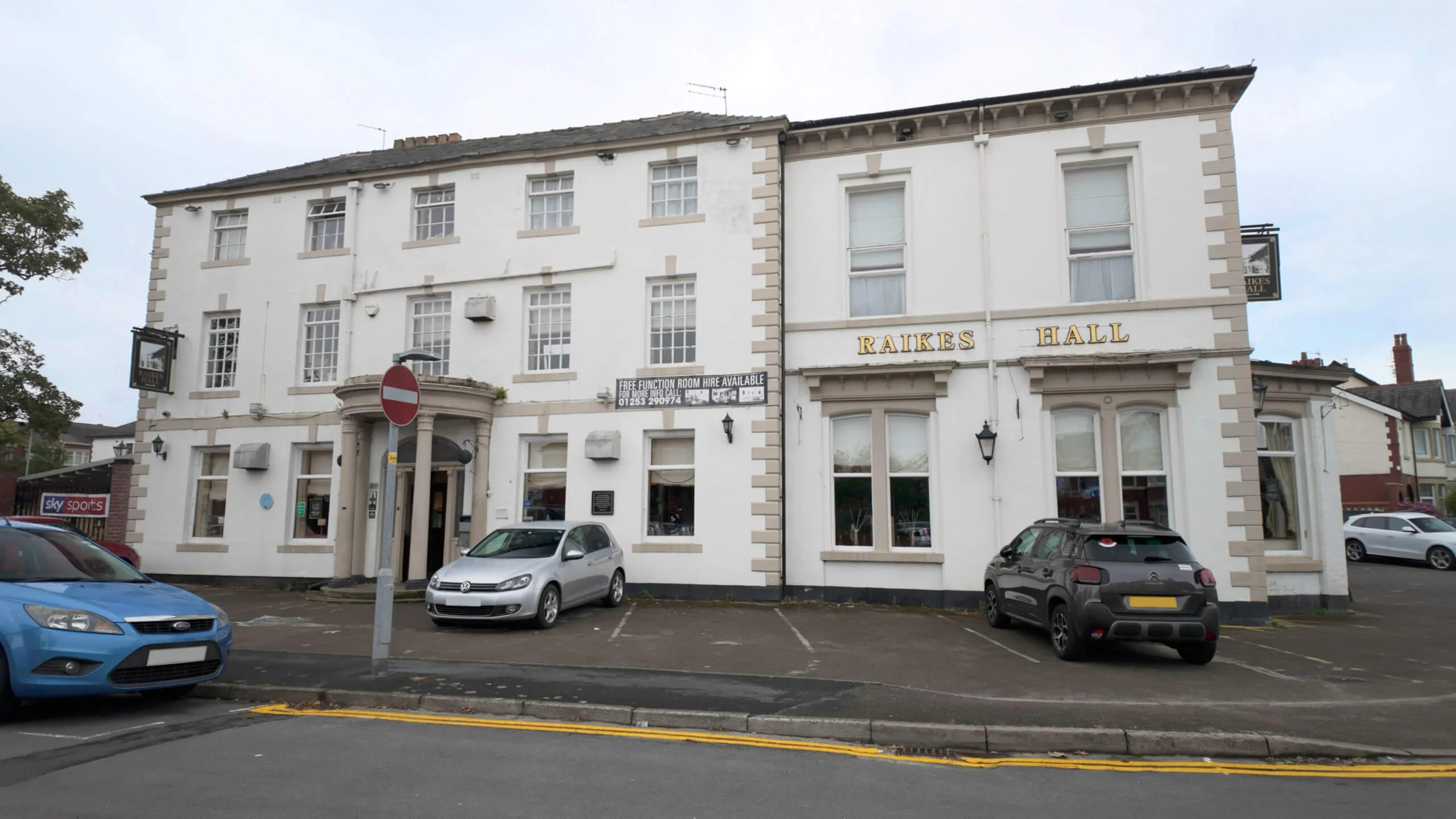
Text source: approved for Blackpool Timeline byDavid Slattery-Christy
Images by © Deeper Blue Marketing & Design Ltd

